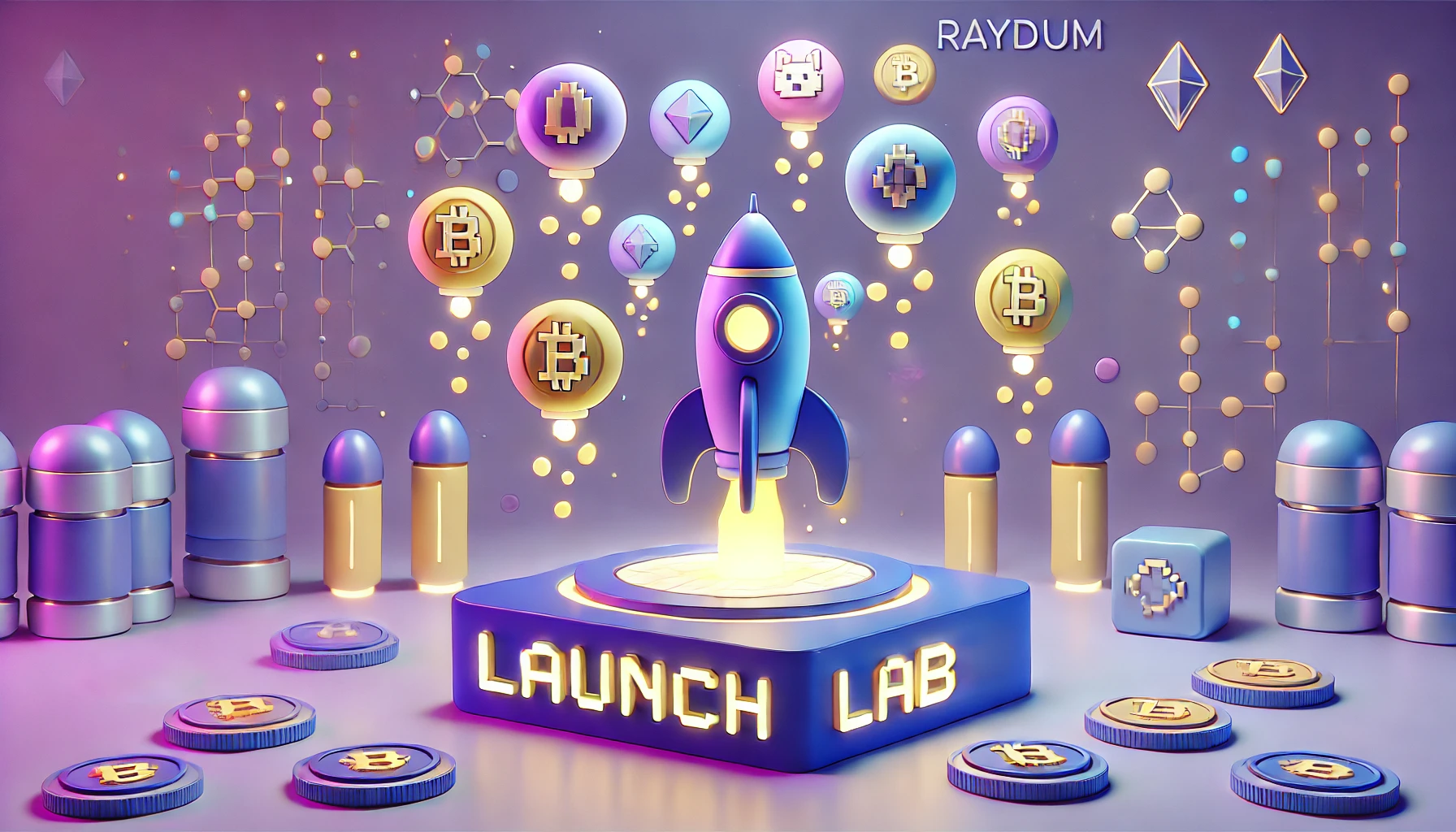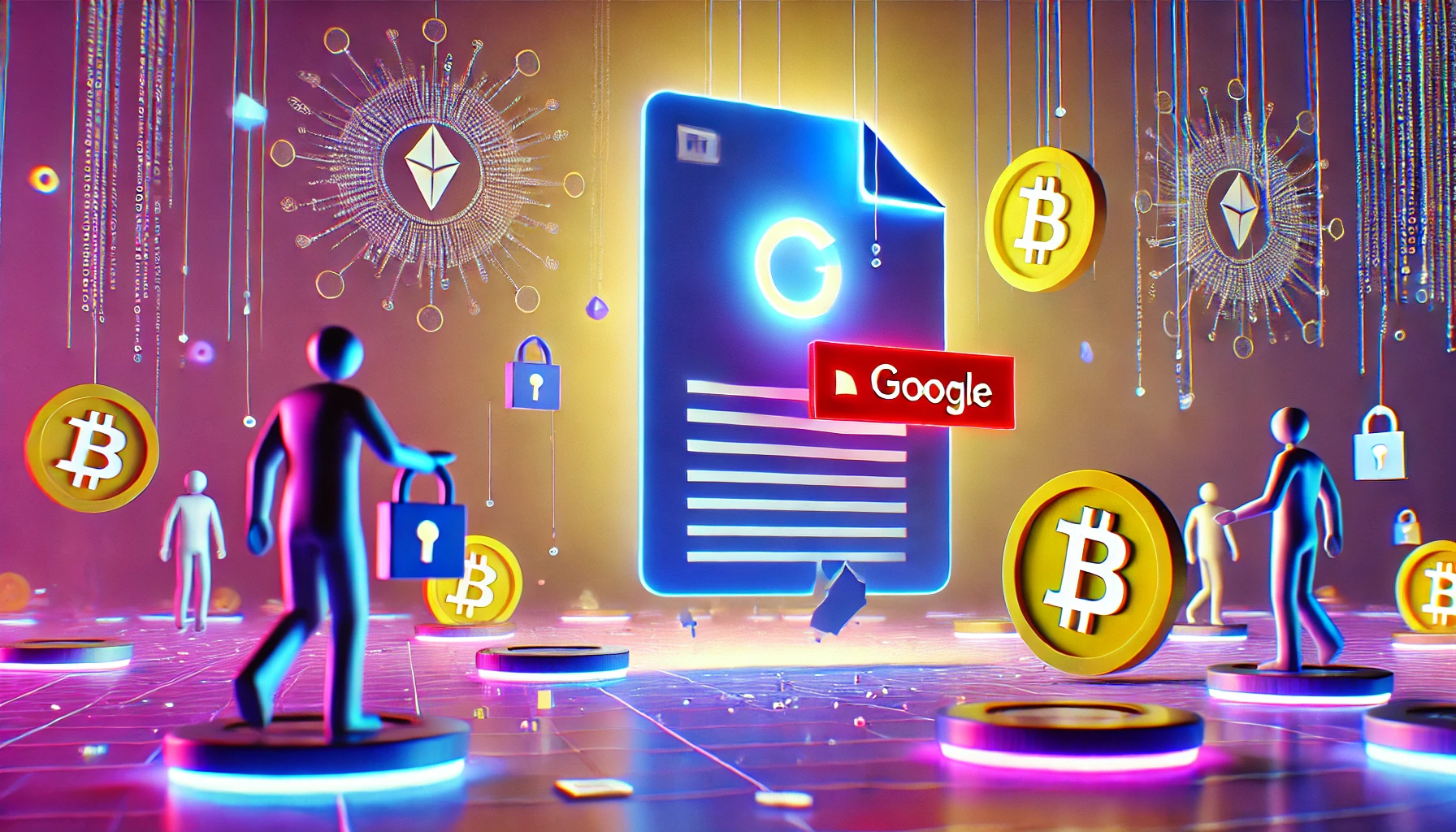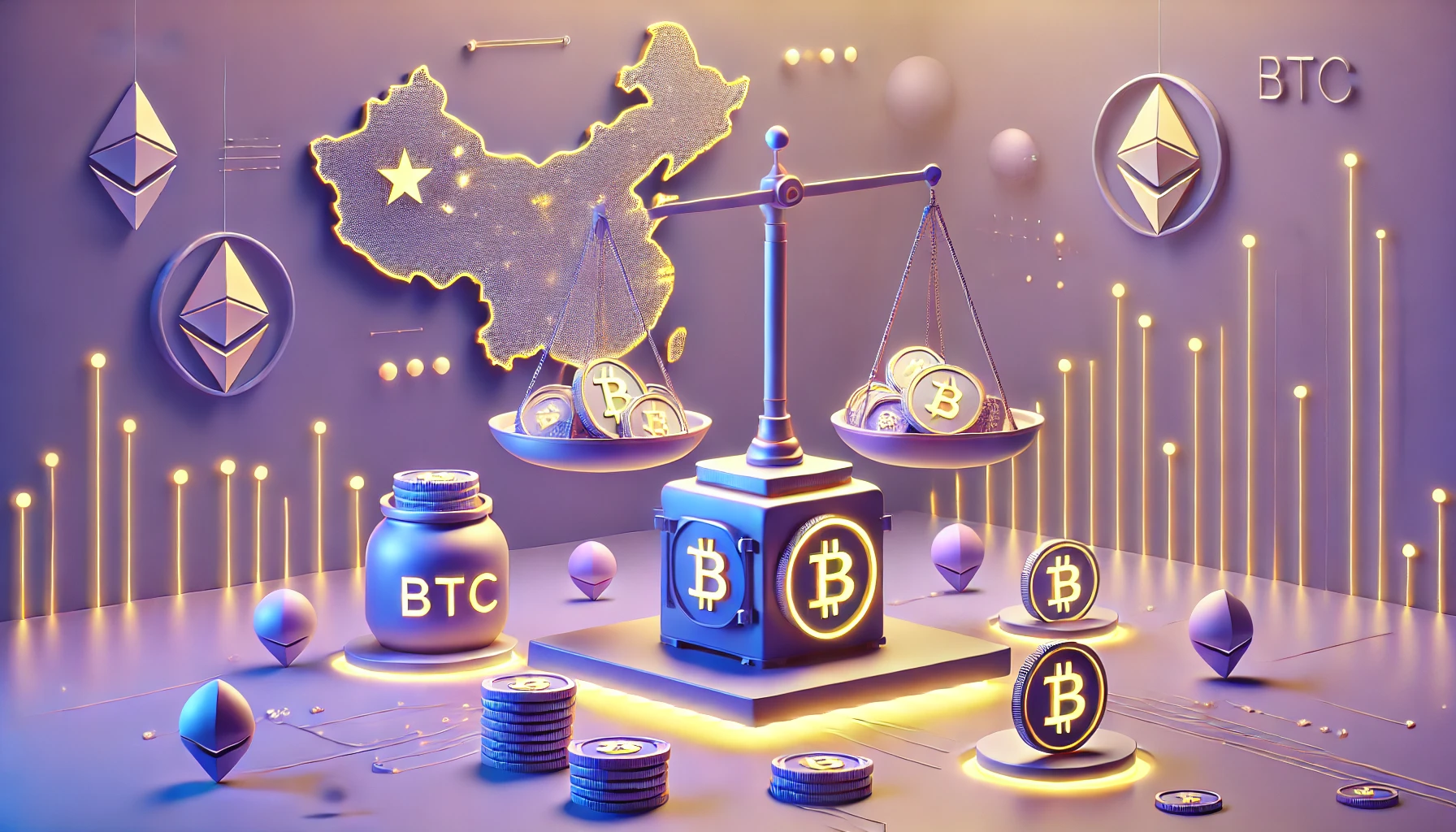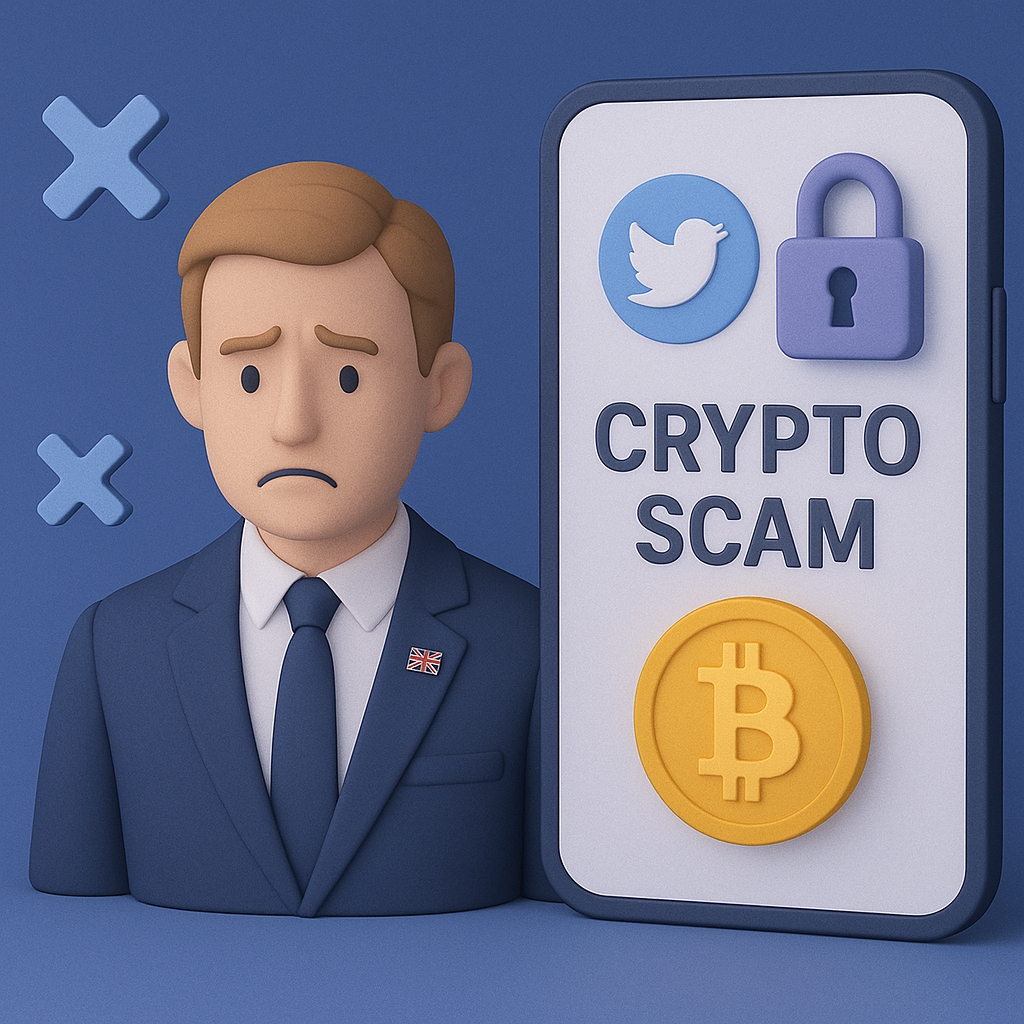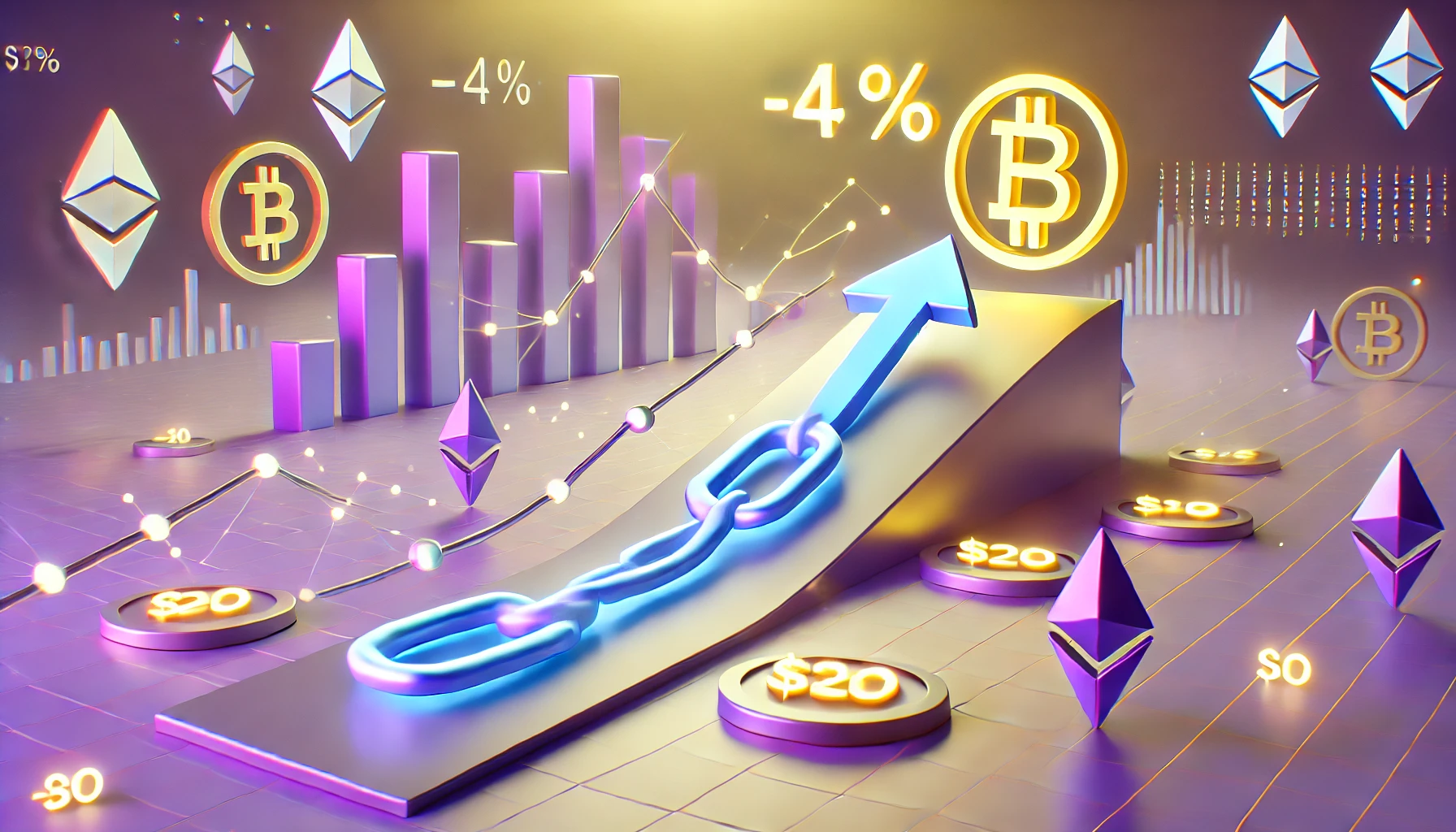The blockchain-based video game sector is going through a mixed period. In the first quarter of 2024, partnerships in the crypto gaming sector increased significantly, while overall investments slowed significantly. This trend reflects both growing strategic interest among companies in Web3 collaborations and continued financial caution among investors in the face of a still unstable market.
Expanding Partnerships Despite Decline in Funding
- More than 80 Partnerships Closed: The beginning of the year saw a surge in agreements between development studios, Web3 publishers, and technology platforms. These alliances aim to strengthen decentralized gaming ecosystems by focusing on interoperability, NFTs, and integrated virtual currencies.
- A Market Still Seeking Maturity: Despite this momentum, venture capital investments in blockchain gaming projects declined 20% compared to the previous quarter, illustrating a climate of wait-and-see. Investors are awaiting clearer signals regarding adoption, profitability, and regulation.
Economic and strategic challenges for crypto gaming players
- A priority given to consolidation: Many projects are now focusing on community building and improving the user experience rather than rapid expansion. This strategic direction aims to create a more solid foundation before a potential massive return from investors.
- The rise of hybrid games: The emergence of titles combining traditional mechanics and Web3 elements is attracting the attention of new players. This trend could serve as a bridge to wider adoption of crypto gaming.
Opportunities and risks for the blockchain gaming market
Opportunities:
- The proliferation of partnerships allows projects to pool their resources and accelerate innovation.
- Growing interest in play-to-own gaming experiences could democratize the use of NFTs in the video game world.
Risks:
- The decline in funding could limit the ability of some studios to complete their projects.
- Market saturation and limited differentiation between games raise sustainability issues.
Conclusion
The first quarter of 2024 reveals a paradox: the crypto gaming sector is gaining strategic maturity through strong partnerships, while experiencing a decline in funding. This ambivalent climate illustrates the challenges of a market in transition, attempting to establish itself sustainably between technological innovation, player expectations, and economic uncertainty. Developments in the coming months will largely depend on the ability of players to demonstrate the true value of their projects beyond mere hype.





